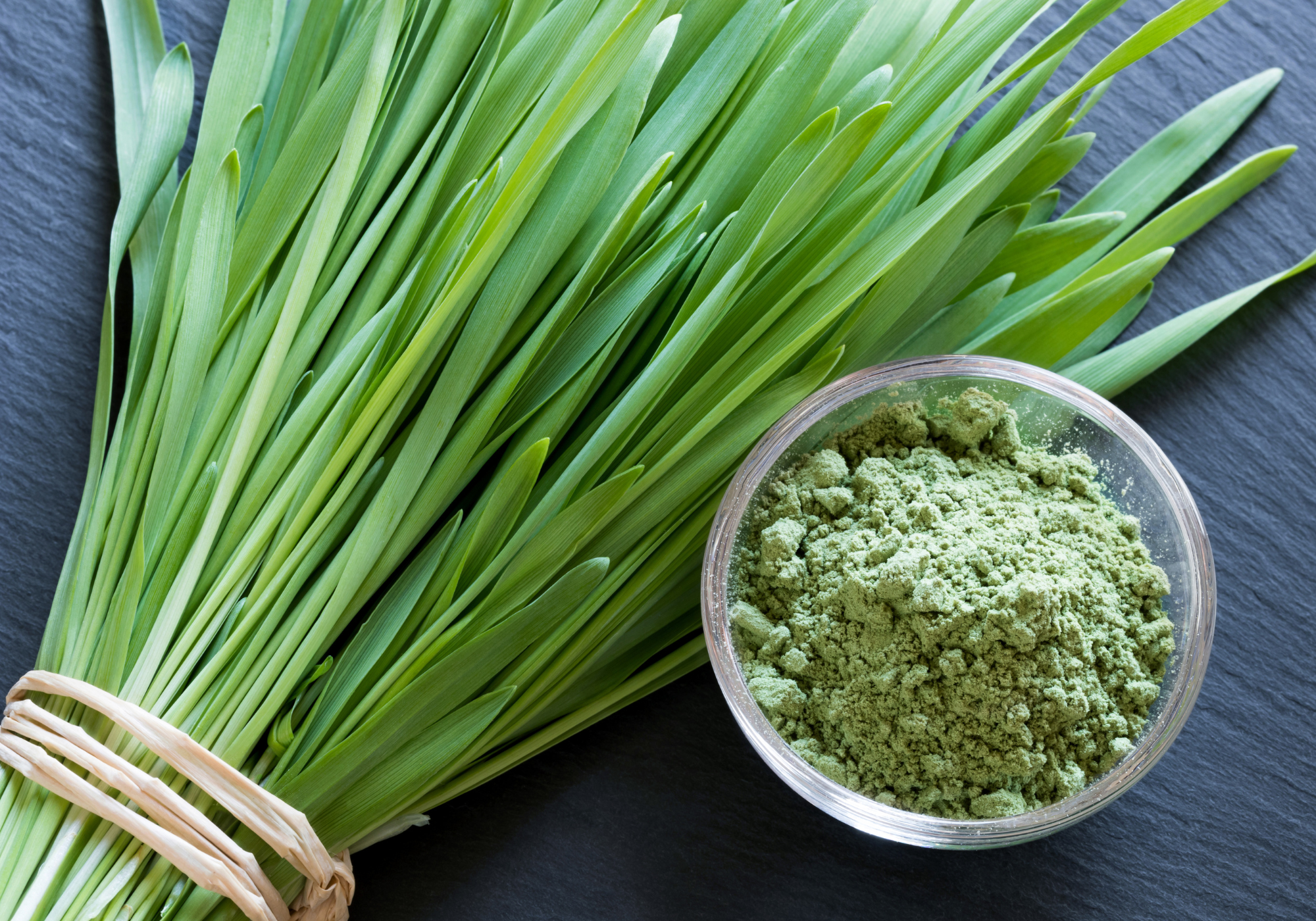Understanding HIIT and Metabolism
High-intensity interval training (HIIT) is a powerful tool for boosting metabolism and achieving fitness goals efficiently. Here's a practical guide to understanding and implementing HIIT in your routine:
What is HIIT?HIIT involves short bursts of intense exercise followed by brief periods of rest or low-intensity activity. This method is known for its effectiveness in burning calories and improving cardiovascular health.
Boosting Metabolism
During HIIT, your body demands more energy, leading to an increased metabolic rate. This phenomenon, known as excess post-exercise oxygen consumption (EPOC), means your body continues to burn calories even after your workout.
How to Start with HIIT- Assess Your Fitness Level
Before starting, assess your current fitness level. If you're a beginner, it's crucial to start slowly to avoid injury.
-
Choose Your Exercise
HIIT can be done with various exercises like sprinting, biking, jump rope, or even bodyweight exercises like burpees.
-
Structure Your Workout
A typical HIIT session includes:
- Warm-up: 5-10 minutes of light activity
- High-Intensity Intervals: 20-40 seconds of intense effort
- Recovery Intervals: 20-40 seconds of rest or low-intensity activity
- Repeat: Alternate between high-intensity and recovery intervals for 15-30 minutes
- Cool Down: 5-10 minutes of stretching or light walking
-
Frequency
Begin with 1-2 sessions per week, gradually increasing as your fitness improves. Listen to your body to avoid overtraining.
Tips for Maximizing HIIT Benefits
Stay Hydrated
Drink water before, during, and after your workout to stay hydrated.
Nutrition
Fuel your body with a balanced diet rich in protein, carbohydrates, and healthy fats to support recovery and energy levels.
Consistency and Variation
Be consistent but also vary your routines to challenge different muscle groups and prevent boredom.
Rest and Recovery
Allow adequate recovery time between HIIT sessions. Quality sleep and rest days are crucial.
Safety Considerations
Consult a Professional
If you have any health concerns or are new to exercise, consult a fitness professional or doctor before starting HIIT.
Listen to Your Body
Pay attention to your body’s signals. If you feel excessive pain or fatigue, take a break or modify the exercises.
Proper Technique
Focus on maintaining proper form to prevent injuries.
Conclusion
HIIT is an effective way to boost metabolism and improve overall fitness. By following these guidelines, you can safely incorporate HIIT into your fitness routine and enjoy its many benefits.
Remember, consistency is key, and listening to your body is paramount for a successful and sustainable fitness journey.



